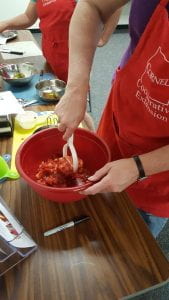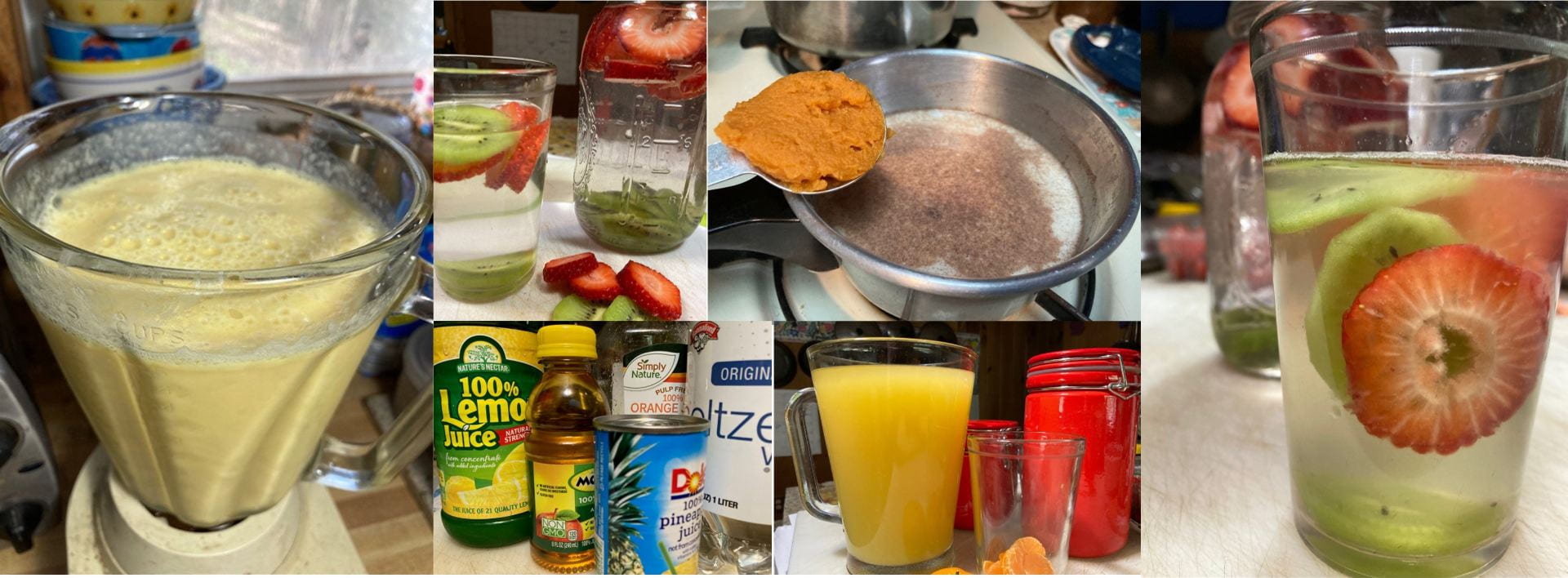
You may already know it’s not in the best interest of your health to have a lot of added sugar in your diet. The Dietary Guidelines for Americans recommends no more than 10% of your calories come from added sugar—that works out to 12 teaspoons for a 2000 calorie diet. But did you know that the average American gets 42 teaspoons of added sugars a day? That’s a lot more than recommended, and more than half of the added sugars a typical American consumes are from sugary drinks like soda, iced tea, fruit drinks, and energy drinks. These drinks can be delicious treats, but they are problematic when drunk every day with every meal:
- they’re “empty calories” (calories with no other nutrition to recommend them)
- they tend to fill you up so they might keep you from drinking or eating something nutritious
- diets high in added sugars are associated with obesity, heart disease, diabetes, and tooth decay
So, what’s someone with a sweet tooth supposed to do to get a fix???
Water and lowfat (or nonfat) milk are good options any time, but sometimes they just aren’t that exciting to your taste buds. Back around Valentine’s Day we looked at some healthier sweet treats, and on offer today are some healthier sweet beverage options. Here are some ways to make our friends water and lowfat milk more fun and flavorful.
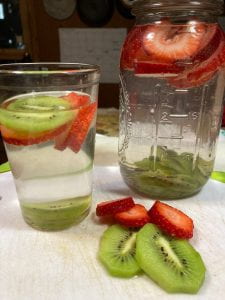
Fruited Water
Adding a lemon slice to your water is nothing new, and is a quick and easy way to add a little zing. Consider adding other fruits and herbs; be creative with your favorites, or take some ideas from this recipe for Strawberry-Kiwi Flavored Water or from this video that has some inspired combinations like strawberry-watermelon-basil and lemon-cucumber-ginger.

Sparkling Punch
If giving up soda will be hard for you because you will also miss the fizz in addition to the sweet taste, try this recipe for Sparkling Punch. It’s a simple recipe that combines seltzer with fruit juices. Like the fruited water, don’t be afraid to experiment with other flavor combinations; just be sure that you’re using 100% fruit juice, and not fruit punch or other fruit drinks that have added sugars.
Orange Julius
As a teenager, there was a small booth in the food court called Orange Julius that made this drink, and I thought it was an exotic treat. It was also the official drink of the 1964 New York World’s Fair, and a similar drink is sold by Gibeau Orange Julep in Montreal.
It turns out that it’s not at all hard to make a copycat version at home using just a blender and lowfat milk, frozen orange juice concentrate, cold water, and ice cubes. Here is the recipe; add a teaspoon or two of vanilla extract for a little extra appeal.

Pumpkin Spice Milk
I bet you’re thinking: this isn’t pumpkin spice season!
I promise you, this drink is lovely all year round, not just for Autumn. Plus, it’s a relaxing drink to help you settle down for the evening (warm milk!), and is a good way to help get one of the three daily recommended servings of dairy.
When you try out this recipe, do not allow milk to scald or boil; microwaving to warm the milk can also work. And make some for your friends and family: this recipe can be doubled (or tripled or quadrupled).
Ingredients:
- 1 cup lowfat milk or unsweetened soy milk
- 4 tbsp canned pumpkin
- ¼ tsp pumpkin spice
- ¼ tsp vanilla extract
Instructions:
- Add milk to small saucepan over low heat
- As it begins to warm, add pumpkin and pumpkin spice; stir to combine.
- When warmed and thoroughly combined, take off heat and add vanilla.
- Drink warm.
If you don’t have pumpkin pie spice, you can make your own. Combine 4 teaspoons of ground cinnamon, 2 teaspoons of ground ginger, ½ teaspoon of ground cloves, ½ teaspoon of ground nutmeg, and ½ teaspoon of ground allspice. Store in an airtight container.
———-
If you are interested in more helpful tips or nutrition information, or to participate in our free nutrition/cooking classes, visit our website or contact our nutrition educators: Michelle Leveski, mml39@cornell.edu, 518-234-4303 x115 or Kimberly Ferstler, kmf239@cornell.edu, 518-234-4303 x 120.


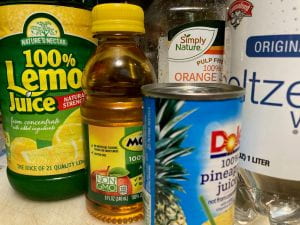
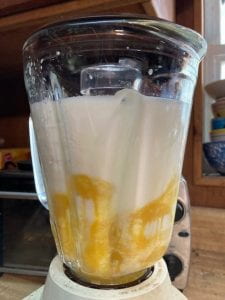
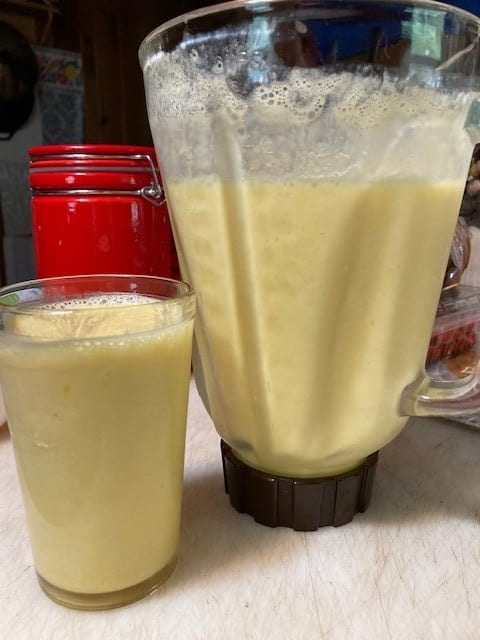
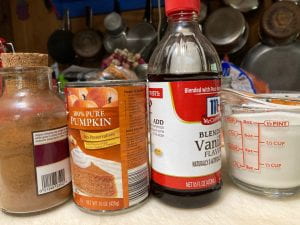
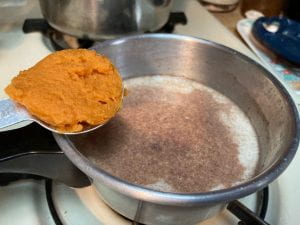

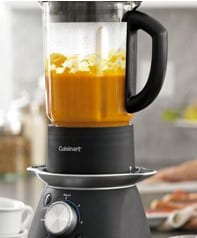
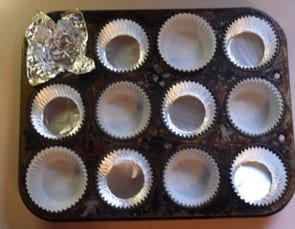



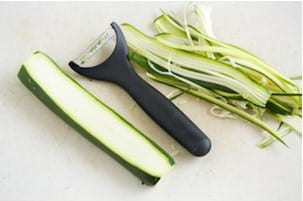
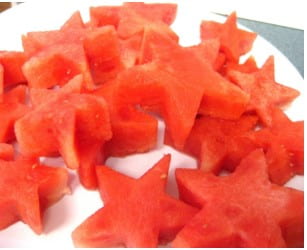
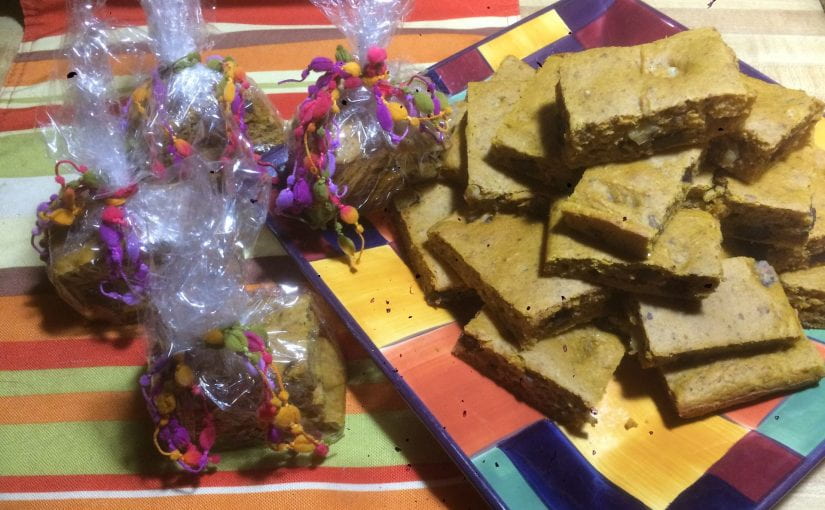
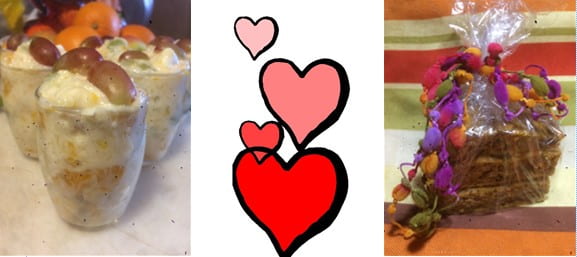
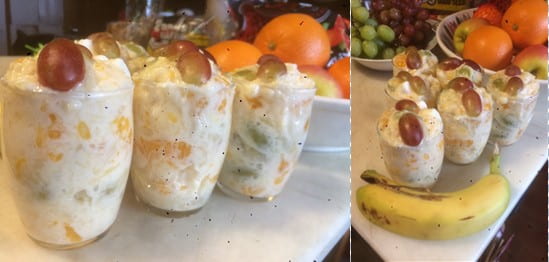
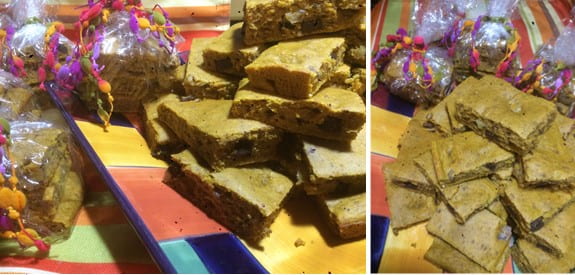
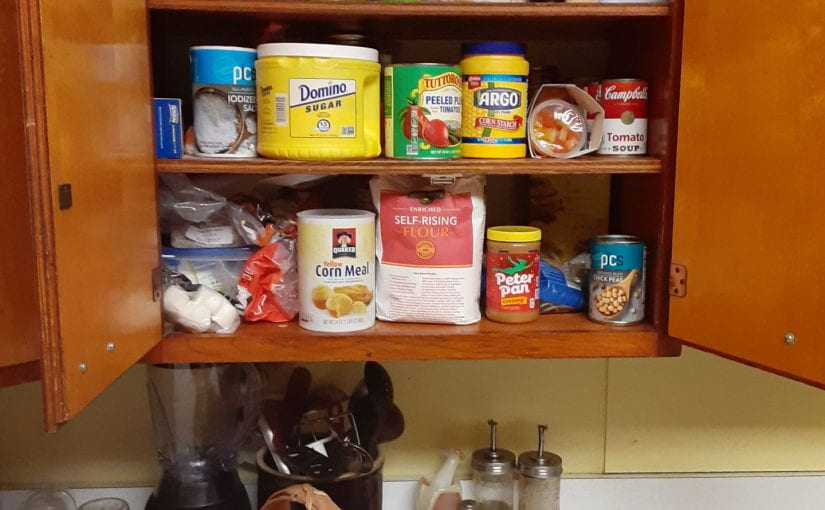
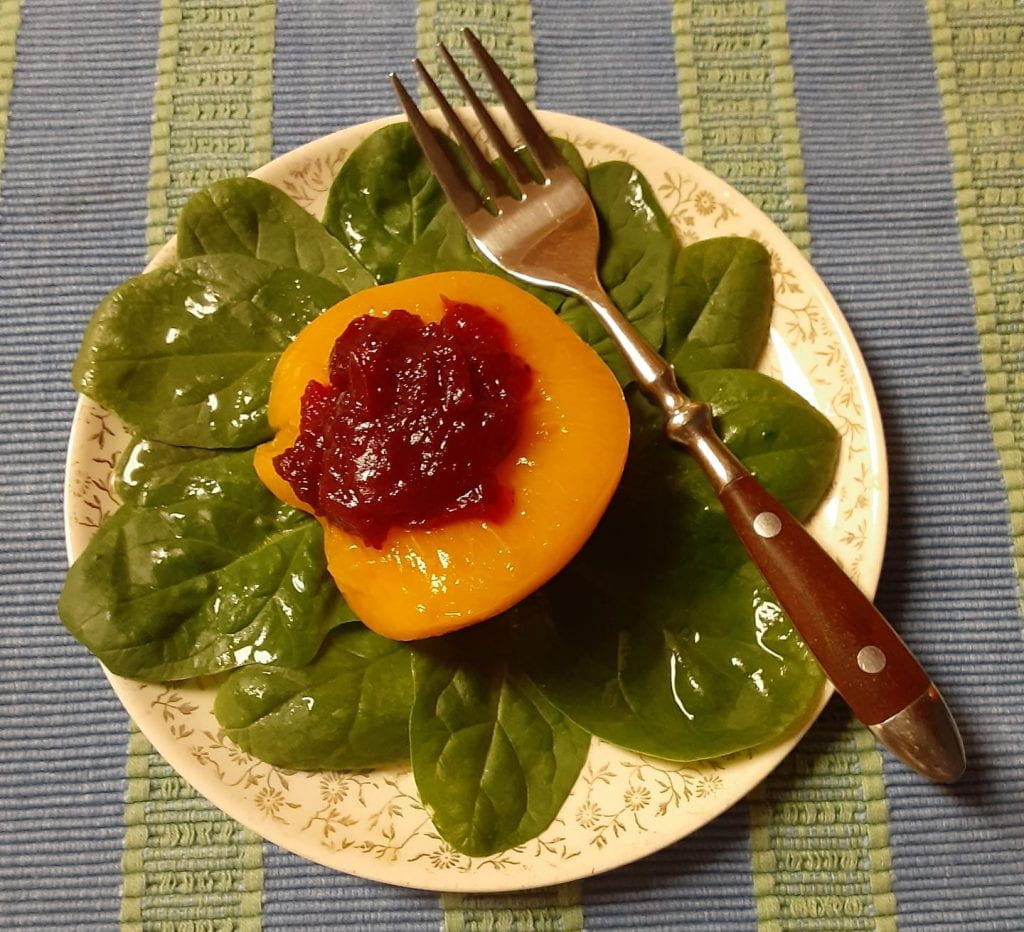


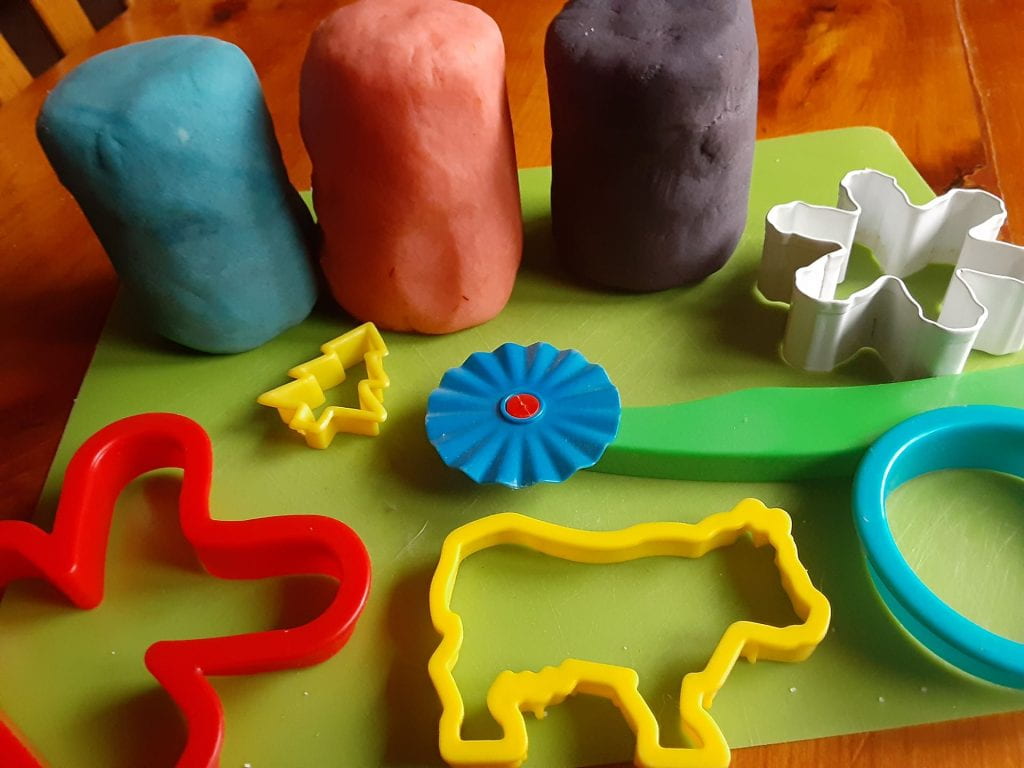






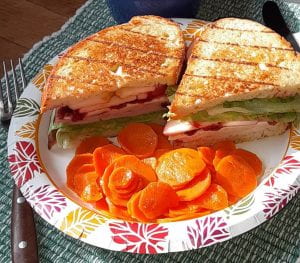






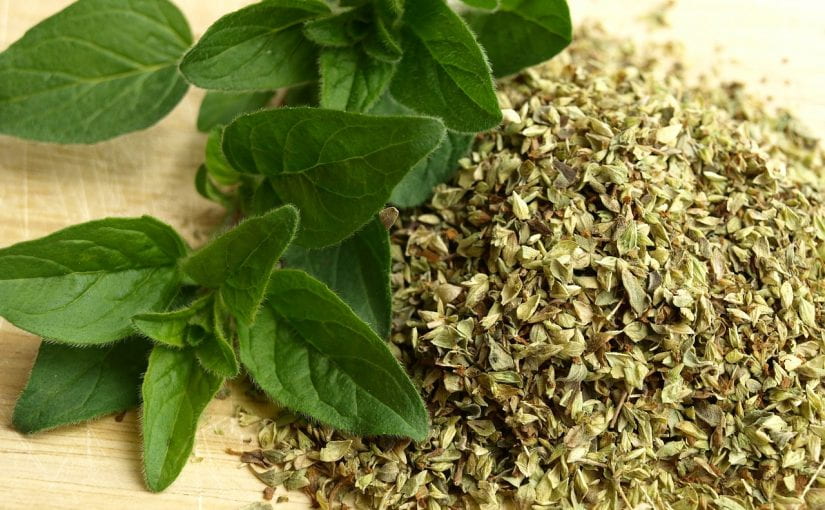
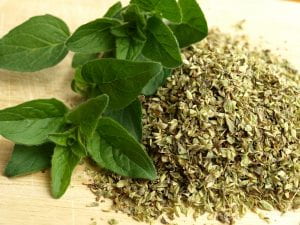
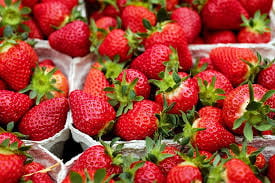 (Flavorful fresh picked strawberries.)
(Flavorful fresh picked strawberries.)